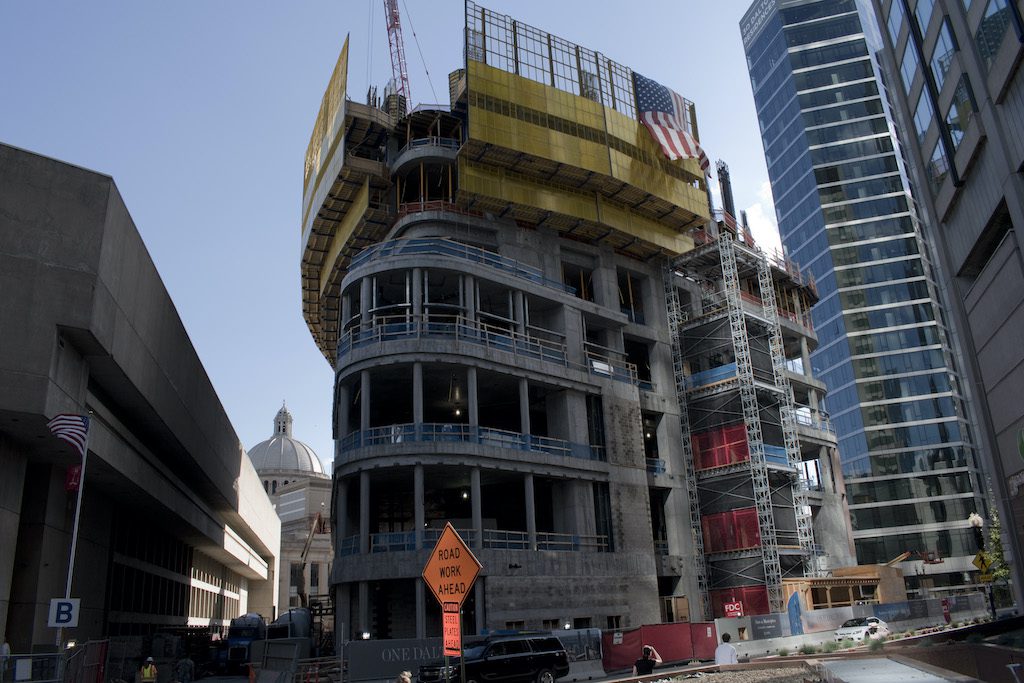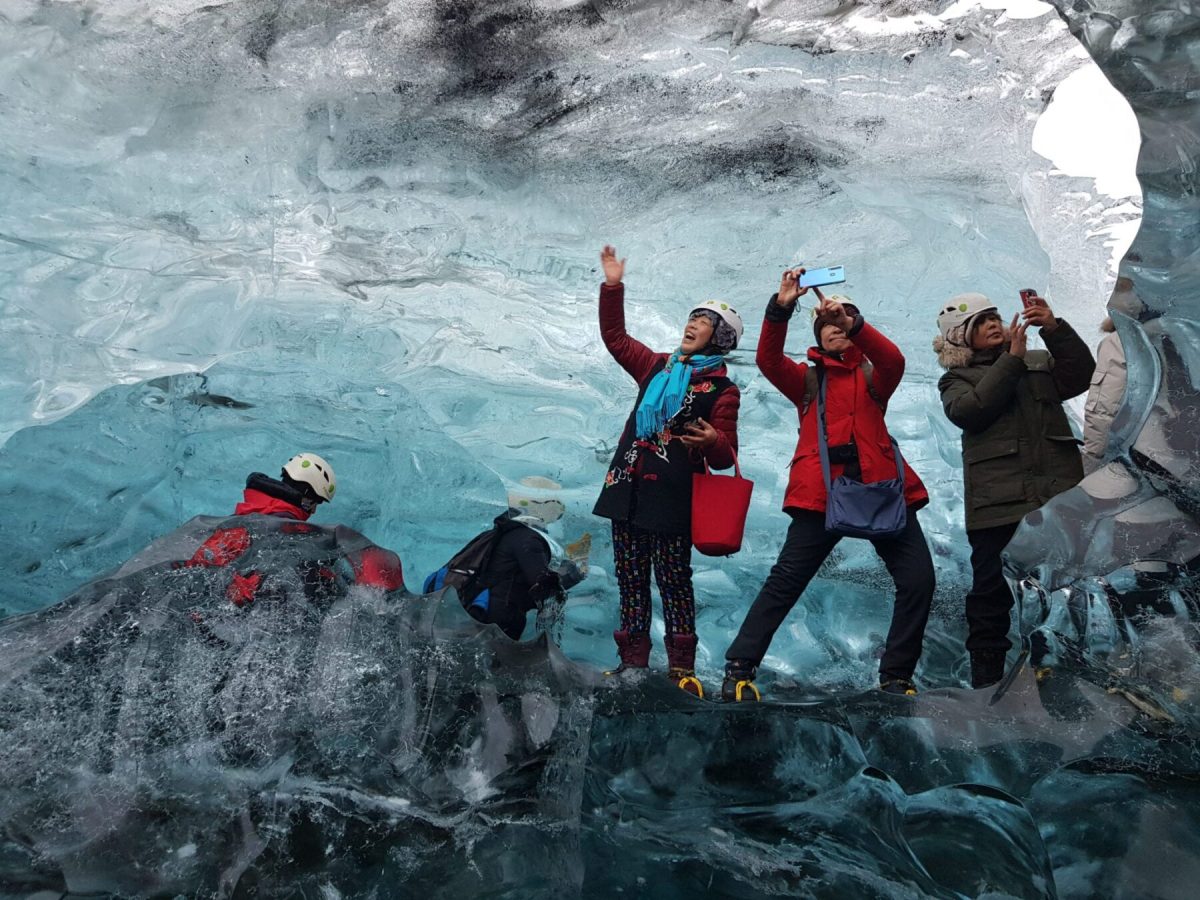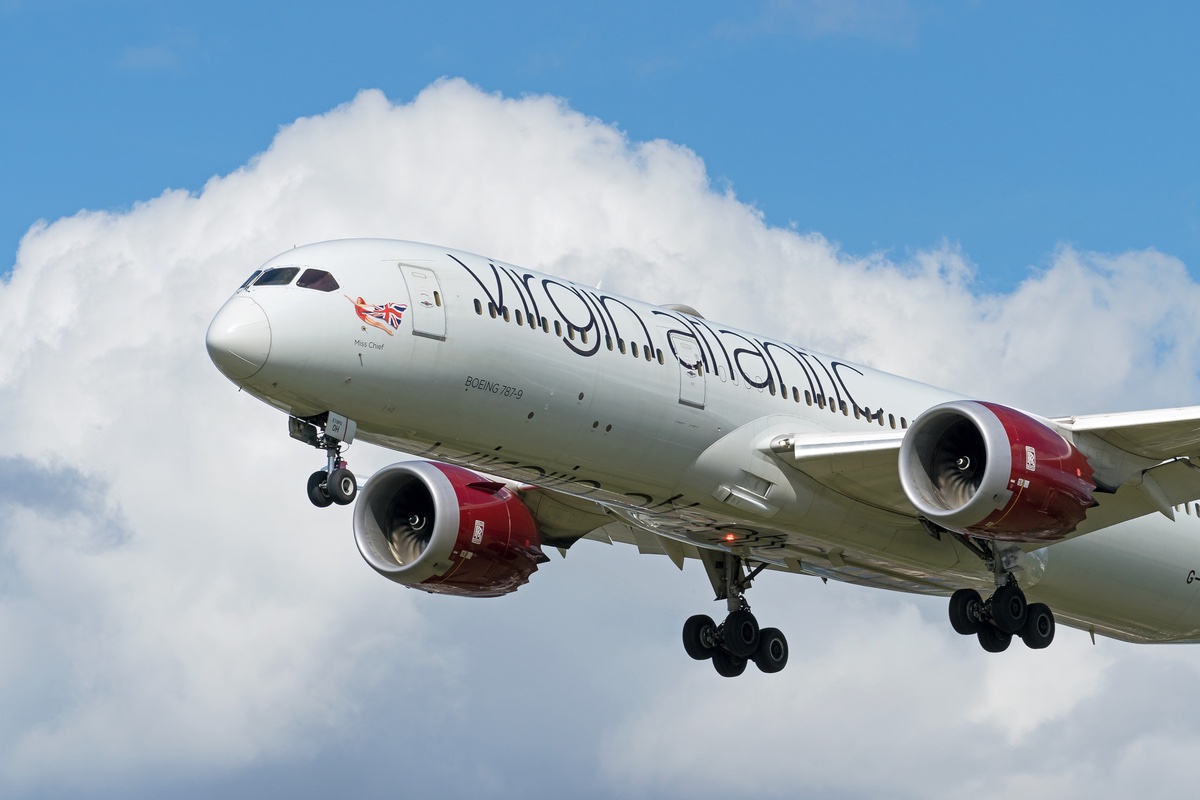U.S. Leads the World in Hotel Construction During Pandemic

Skift Take
The coronavirus pandemic continues to weigh catastrophically on hotel demand around the world, but that hasn’t kept real estate developers from opening new properties.
The U.S. saw more hotel room openings than any other country in the world so far during the pandemic, according to STR. More than 55,000 new U.S. hotel rooms opened between the beginning of March and end of September. China saw the second-highest number of openings, with more than 23,000. They were followed by Japan (16,304), Germany (9,027), Canada (2,748), and the UK (2,481).
While new hotel supply continued to add to markets around the world during what is shaping up to be the worst year on record for the travel industry, analysts caution a slowdown is already underway.
“Generally, projects that have already broken ground are going to be finished — but abandonments and deferrals, which are becoming more common, affect the total room count in the pipeline,” Jan Freitag, senior vice president of lodging insights at STR, said in a statement. “The movement of projects into these phases is playing into the overall slowing of development activity because there isn’t that constant flow of projects moving into construction.”
The U.S. may have added the most hotel supply in the world since March, but more developers also deferred projects that hadn’t already broken ground. Through September, 211 U.S. hotel projects were deferred — a 56 percent increase compared to the same timeframe in 2019.
The pace of U.S. hotel construction actually grew for a few months after demand cratered and many hotels suspended operations, but that economic anomaly has since corrected.
“We’re not seeing much of anything start, and we don’t expect to see much of anything start for the next two or three years,” said Pebblebrook Hotel Trust CEO Jon Bortz. “This is going to be long and painful.”
Finding Limited Growth
Pebblebrook, owner of properties like the Mondrian Los Angeles and Kimpton George Hotel in Washington, D.C., is one of the largest U.S.-based lodging trusts. While the typical rate of hotel openings pre-pandemic got as high as 120,000 new rooms per year, Bortz and others in the industry anticipate the waves of new supply to dwindle to barely a trickle.
The number of U.S. properties under construction declined by roughly 15 percent since March, according to Dodge Analytics and CBRE Hotels. New project starts sank from 9,000 new rooms moving ahead in February to just 4,000 rooms in August.
“We expect that new construction will slow further as hotel demand isn’t expected to return to 2019 levels until 2023,” said Jamie Lane, an econometric advisor at CBRE.
The U.S. hotel supply typically grew by about 2 percent annually pre-pandemic, Bortz said. But hotel growth will likely remain flat or even decline during the recovery, as developers convert hotels to other uses like residential or tear down older hotels.
What growth is seen in coming years may remain at the portfolio level rather than on a net room count for any respective country. Major brands like Marriott and Wyndham have all indicated they expect to see more growth in their development pipeline during the recovery stem from signing deals with owners of existing hotels, a process known as a conversion.
“In downturns, we typically do see a shrinkage of supply on a net basis,” Bortz said. “It doesn’t make a lot of sense to start something new, and capital will be much more readily available for buying [existing properties] at big discounts than buying something new.”




